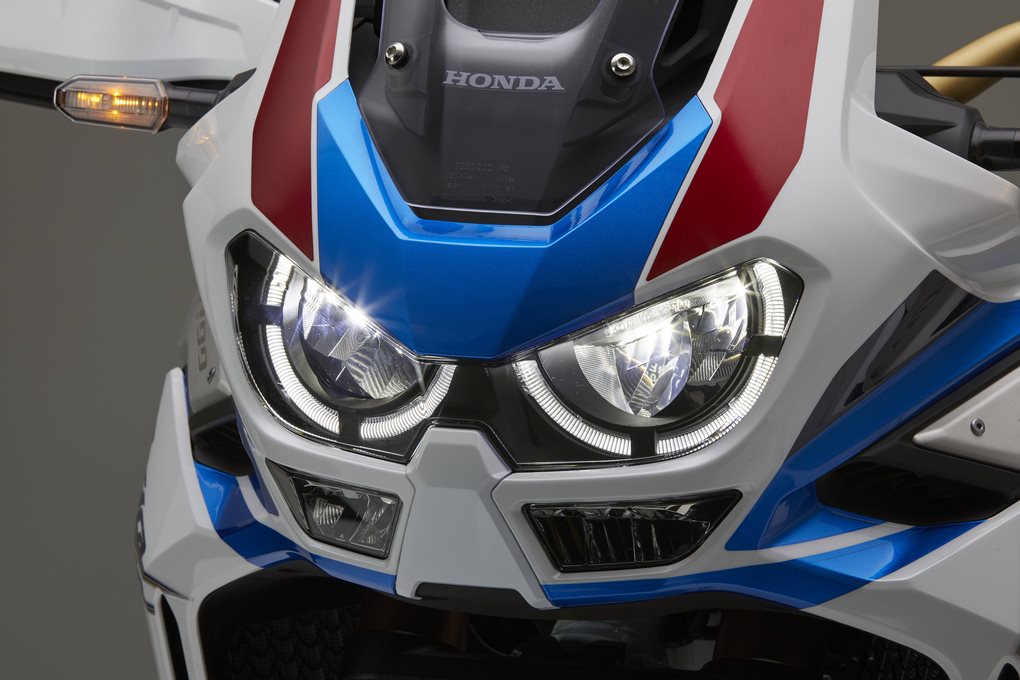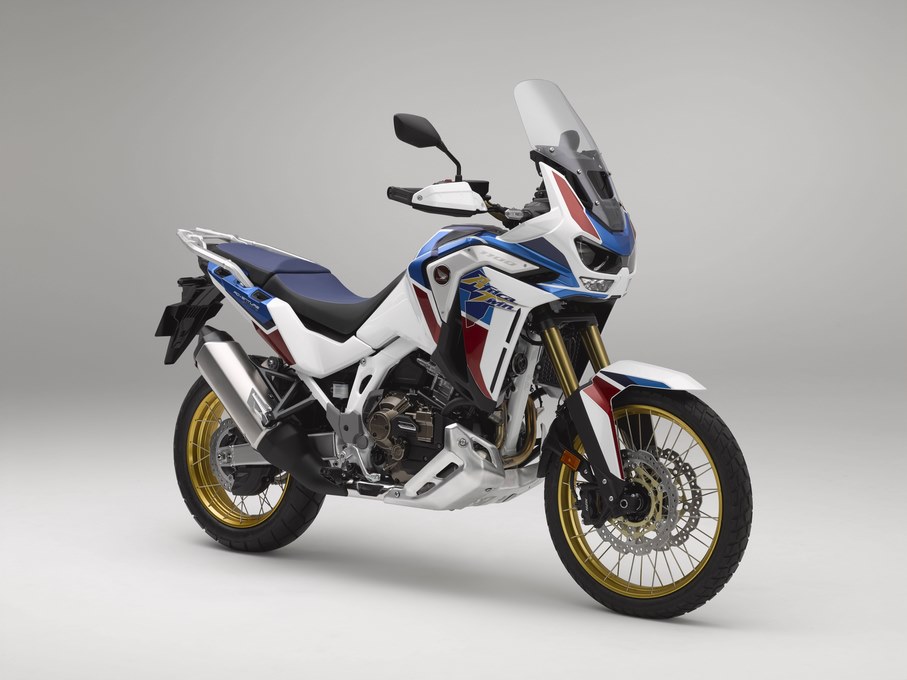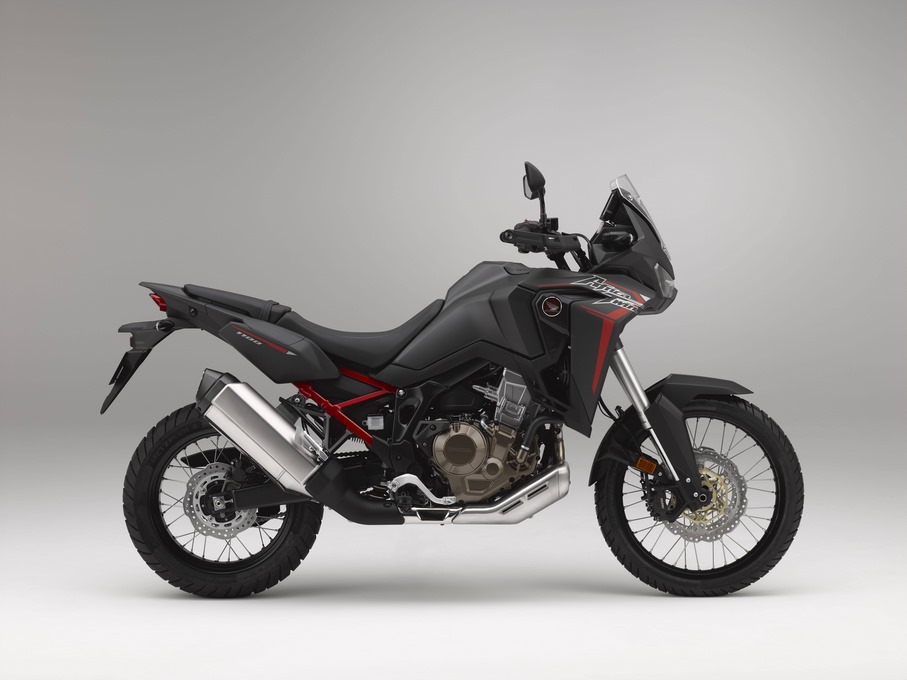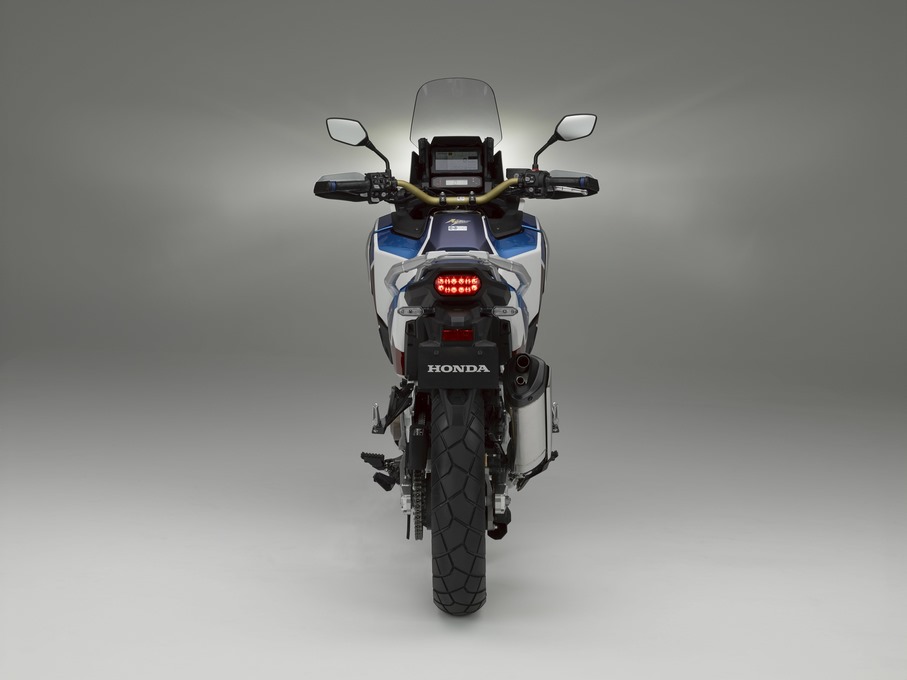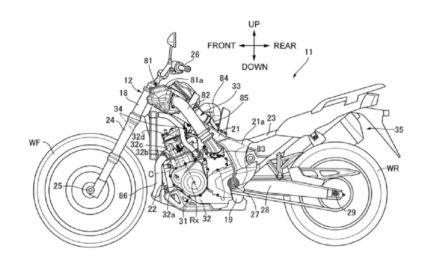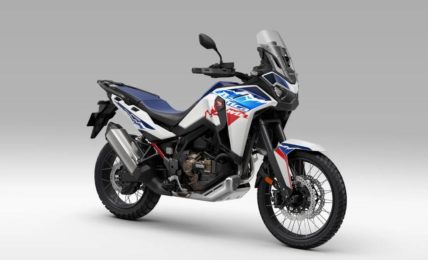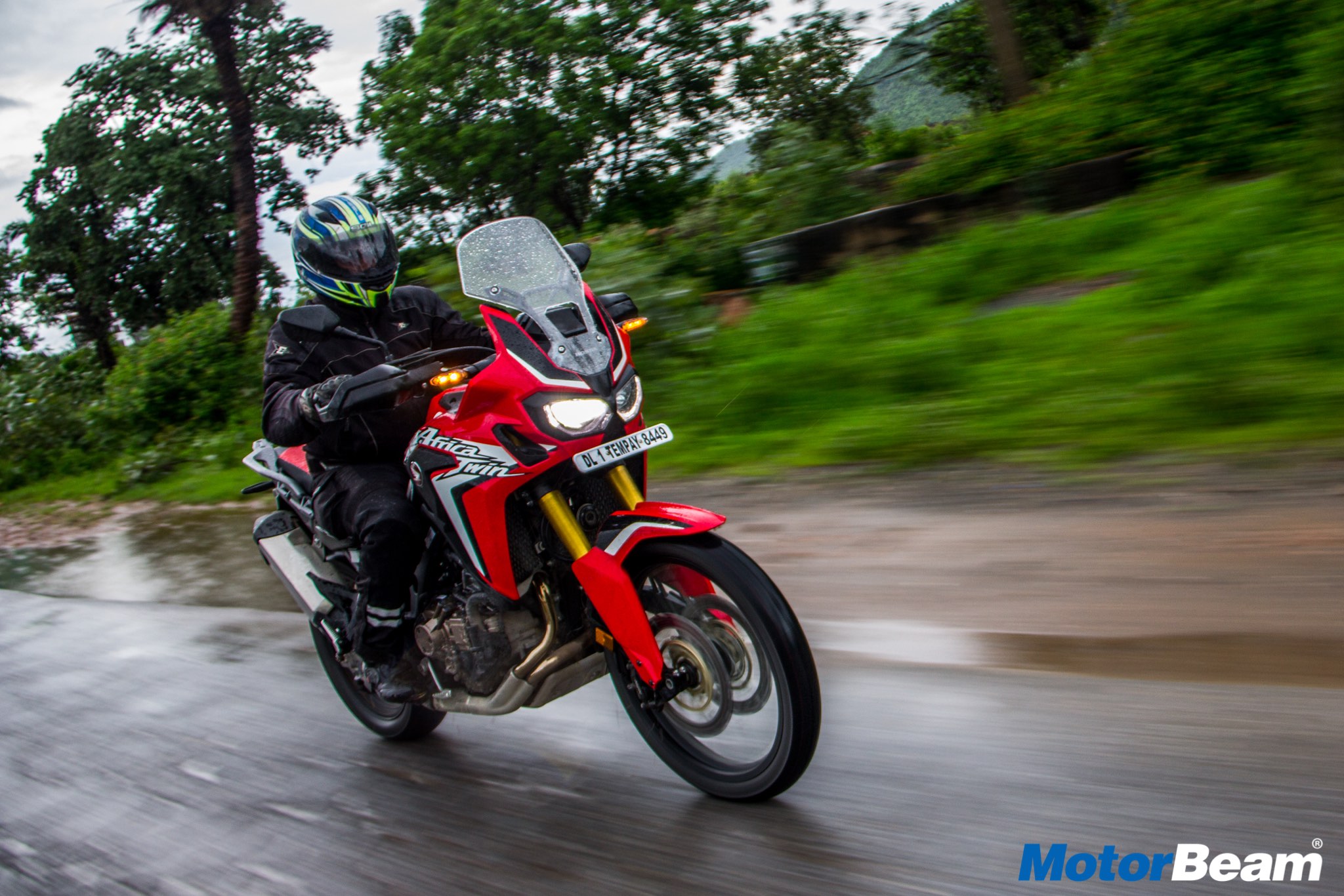Honda’s new CRF1100L packs a punch with a bigger engine, lighter brakes, more technology, etc.
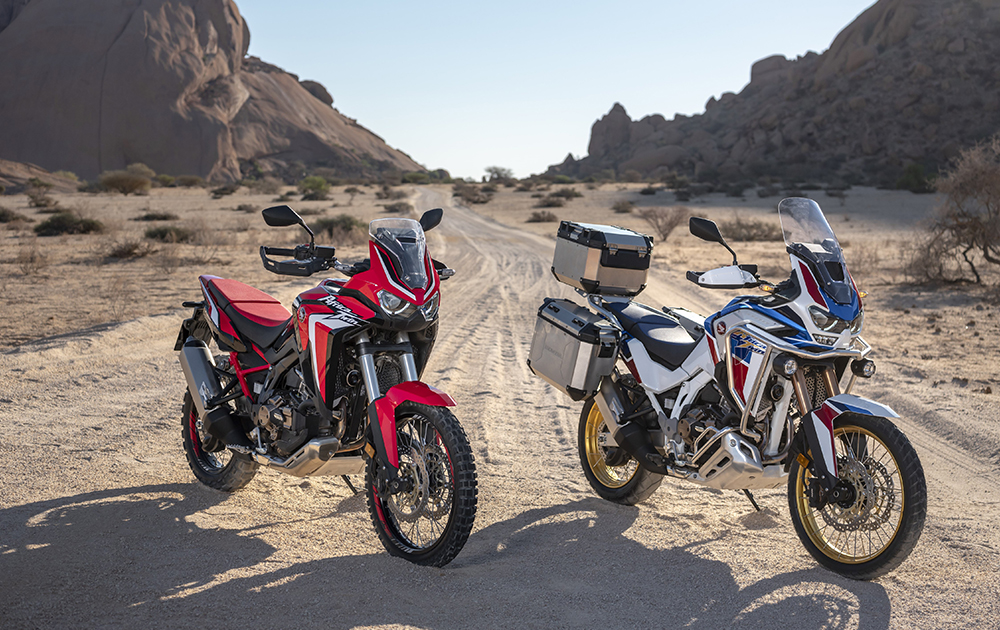
The bike dropped a bombshell in the adventure touring world when it was reintroduced by Honda in 2016. The 2020 Africa Twin is about to do the same. The initial model had claimed 4 victories in the Paris-Dakar Rally of the late 1980s, which makes it so renowned among the public.
Honda has revealed the 2020 Honda CRF1100L Africa Twin with a new and bigger engine and more connectivity features than the outgoing model. On the other hand, the Honda CRF1100L Africa Twin Adventure Sports version gets revised fairing, lighter frame and a 25-litre fuel tank.
The 2020 Honda CRF1100L Africa Twin is offered in a standard variant, as well as an Adventure Sports variant. The protective bodywork on the Adventure Sports model, a standard engine bashplate and the presence of a height-adjustable windscreen set both the models apart.
The new models will come with a 1084cc, liquid-cooled, unicam 4-stroke parallel-twin engine, up by 86cc from the outgoing model. The engine produces a hefty 101 PS of power with 105 Nm of torque. It has lighter aluminium cylinder sleeves and redesigned engine casings. Outcome? The manual variant is 2.5 kgs and the automatic variant is 2.2 kgs lighter than before. It is also going to meet the Euro 5 regulations.
The engine will be paired with either a 6-speed manual or an automatic dual-clutch, both of which are improved for 2020. Upgrades also include a new aluminium detachable subframe, a lighter and stronger swingarm.
The 2020 Honda Africa Twin now gets a larger 43 mm throttle body with a smoother air intake profile. Similarly, the ECU too has seen changes with revamped injector angles. The exhaust control valve is now more boastful because people love growling sounds and higher revs. The standard variant is going to have a fuel tank capacity of 18.8 litres and 25 litres for the Adventure Sports ES since its a tourer. The Africa Twin should give 20.4 km/l for the manual and 20.8 km/l for the automatic.
It supports a 21-inch front rim and an 18-inch rear rim with tubed (tubeless for the higher trim) tyres. Powerful braking owes to a 310 mm dual wave floating hydraulic discs with 4-piston calipers and a 256mm hydraulic disc. Braking is further accentuated by the dual-channel ABS system, and ABS on the rear wheel can be turned off totally.
In terms of suspension, the front is handled by a Showa 45 mm cartridge-type inverted telescopic fork with 230 mm suspension travel. The rear gets a monoblock aluminium with Pro-Link and a Showa gas-charged damper with 220 mm travel.
Additionally, the 2020 Honda CRF 1100L is having a lower seat configuration, ranging between 950-870 mm. The kerb weight for the manual and automatic stands at 226 kgs and 236 kgs respectively.
The instrument cluster is an all-new 6.5-inch TFT display with Apple CarPlay connectivity. It provides the rider with 4 riding modes – Tour, Urban, Gravel and Off-Road and 2 individual modes. Honda Selectable Torque Control (traction control system) comes with a new 6-axis IMU. It also features 4 engine mode levels, 3 electronic engine braking levels and 7 levels of traction (Much in the AMG GTR territory). Other enhancements include – cruise control, wheelie control, cornering ABS, rear-lift control, DCT cornering detection and cornering lights.
The hierarchy remains unchanged. The standard, i.e. base trim focuses on off-roading and has a shorter windscreen. The higher trim, i.e. the Adventure Sports ES focuses on longer driving and has Showa electronically equipped ride adjustment suspension, heated grips, accessory socket, larger skid plate, aluminium rear rack.
The 2020 Africa Twin starts at $14,399 MSRP and the Adventure Sports ES at $17,199 (roughly from Rs. 10,20,000/- to Rs. 12,20,000/-). It is available in 2 colours – Matte Black Metallic or Pearl Glare White and Blue. It is likely to come to the domestic market by late 2020, after its prior European launch.
2020 Honda CRF1100L Africa Twin
– Gets a more powerful engine with a lighter kerb weight
– To come with 4 driving modes in total
– Introduction of a six-axis IMU
